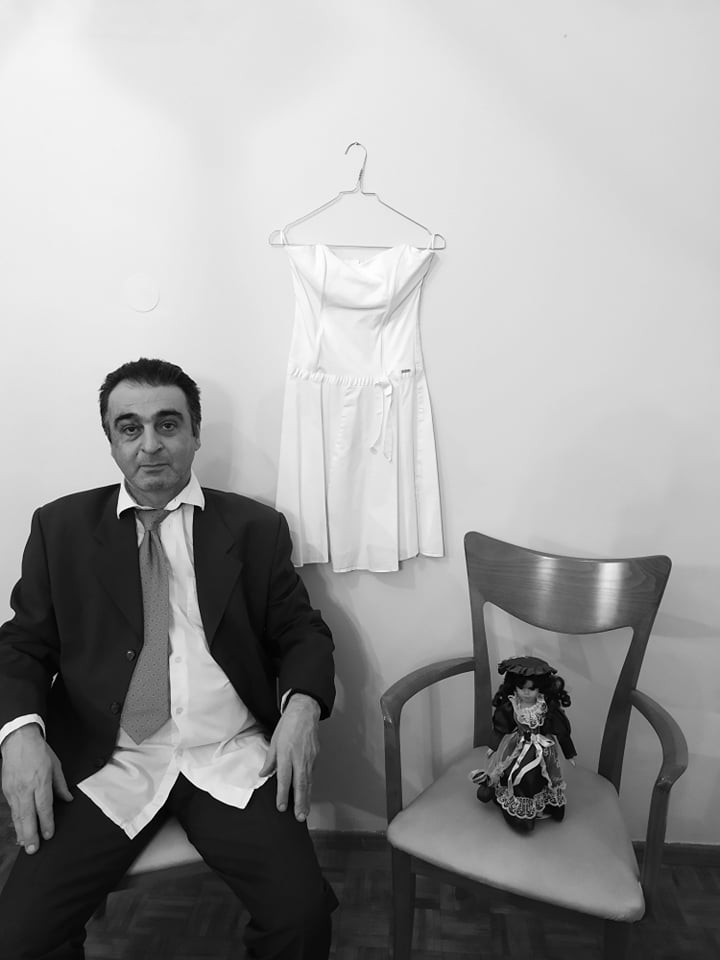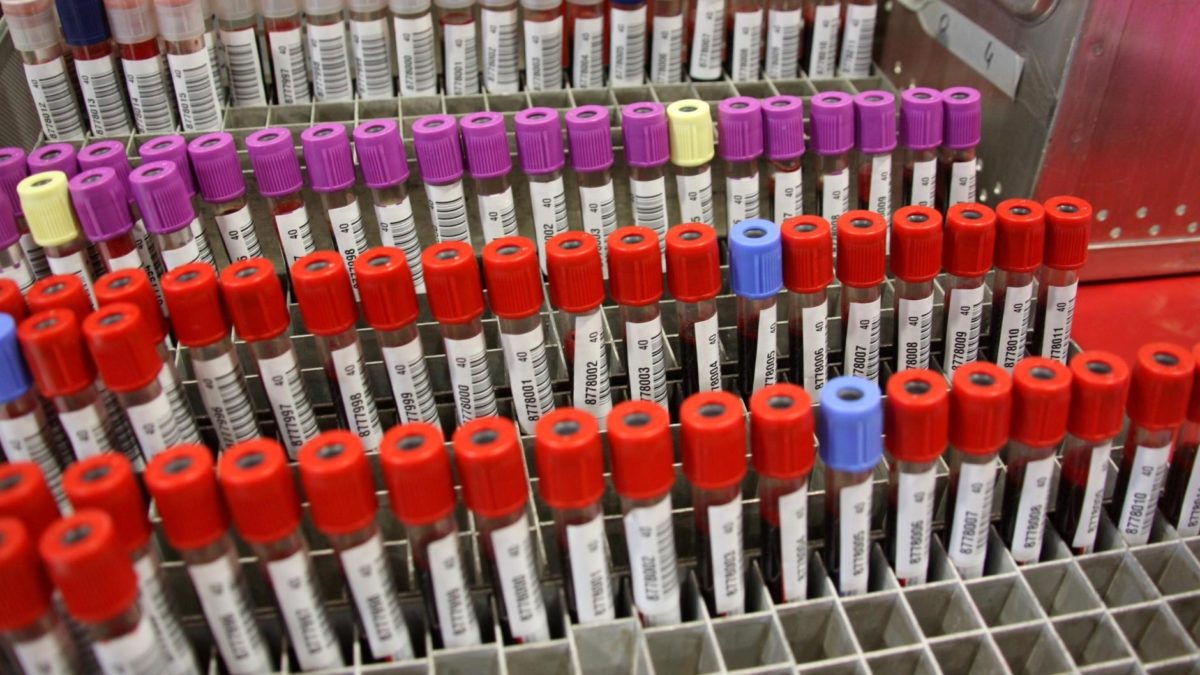Cultural heritage or just a funny German tradition?
Walking through a German suburb, you often get to see some little red-capped and white-bearded creatures, smiling or staring at you. Garden gnomes. “Oh no”, you think while passing by, “this is so typically German”. In fact, an estimated 25 million garden gnomes live in Germany’s gardens. So, no wonder that they became a part of many people’s imagination of a German stereotype. But do you actually know where this trend comes from?
What are garden gnomes?
Garden gnomes are small statuettes that are used as garden décor. Most of them look like squat little men with white beards and red pointy hats, so-called Phrygian caps. You can spot the typical gnomes doing leisure activities like gardening (while holding their garden tools, of course). However, a current funny part of this trend is that some gnomes portray stereotypes of certain groups or carry uncommon attributes. So, a real garden gnome collector may be in possession of figures with biker suits, a German football jersey or a bathing suit and sunglasses. People might even give them names – there really are no limits to creativity!
The origin of garden gnomes
To discover how these little guys actually came to end up in our gardens, we have to travel back to ancient Rome, when decorating already was a huge thing. Back then they put statues of their fertility god in gardens to defend them from evil spirits. During the Renaissance era, the folklore around gnomes grew thanks to German fairy tales and myths. Inspired by stories portraying gnomes as little creatures living in forests, people put the statues in their gardens as well by the beginning of the 18th century. However, at this time only wealthy families could afford that, as the first gnomes on the market were made of terra cotta. Nevertheless, the trend soon spread across Europe and the production of garden gnomes flourished in Germany. Thanks to new and more economical options for material, gnomes also became affordable for lower classes.
The mystic part behind it
“Garden gnome” comes from the Greek genomos meaning “earth-dweller”. As I already said, the popularity around gnomes emerged from myths and legendary tales. Gnomes were believed to have magical powers and to live underground or deep in a forest. Traditionally, people believed that gnomes could help humans in their garden, but only during the night when nobody could see them – as in the light of day they would again transform into stone. We might probably never know if this part of the story was really true – or have you ever spent an entire night in your garden looking to see if anything was moving?
The traveling gnome prank
If you’ve never heard about the Garden Gnome Liberation Front, this game will probably amuse you. The community originating in France made it their mission to liberate garden gnomes from their owners’ servitude and take them with them on their travels. The owners then received pictures of their stolen gnomes in front of famous places – and when the gnomes were returned after their journey, they often carried a travel diary documenting their newly gained freedom.
So, a German cliché?
As you’ve seen, there’s much more behind the story of garden gnomes than you might have thought. Their stories date back to ancient mythologies about gnomes and dwarfs, which were told through generations. Today, apart from a handful of serious garden-gnome-collectors, people certainly regard them as funny. However, they’re still part of Germany’s cultural heritage.
Author: Marie Peter


